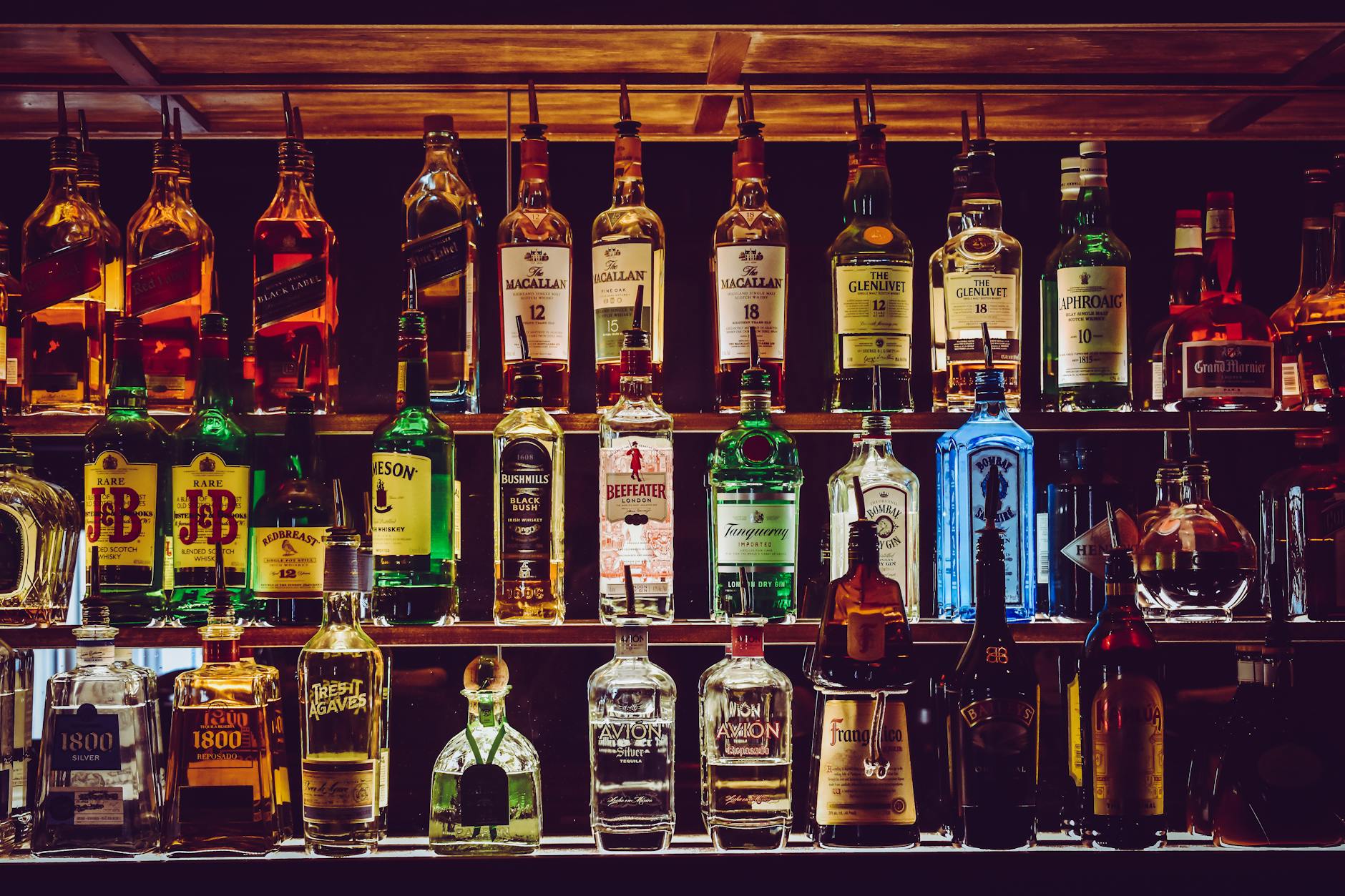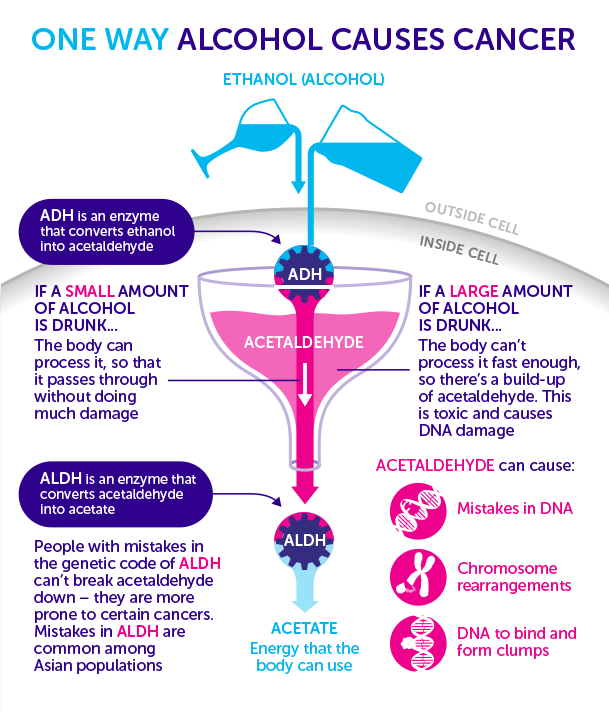From sober to tipsy, discover the surprising truth behind the puzzle: Just how many beers till you’re truly drunk?

Image courtesy of Chris F via Pexels
Table of Contents
Introduction:
Have you ever wondered how many beers it takes to get drunk? It’s a question that has fascinated people for ages. Whether you’re curious about your own alcohol tolerance or simply intrigued by the science behind intoxication, we’re here to dive deep into this intriguing topic. In this comprehensive blog post, we will explore the factors that influence intoxication, individual tolerance levels, and the science behind alcohol metabolism.
Understanding Alcohol Metabolism
Alcohol metabolism is a complex process that takes place in the body once we consume an alcoholic beverage. One key enzyme involved in this process is alcohol dehydrogenase. It breaks down ethyl alcohol into acetaldehyde, which is further converted into acetate by another enzyme called acetaldehyde dehydrogenase.
The liver plays a crucial role in alcohol metabolism. It acts as the primary site for breaking down alcohol molecules. The rate at which alcohol is metabolized can vary depending on factors such as genetics, age, and liver health.
Blood alcohol concentration (BAC) is a term commonly used to measure the level of alcohol in our system. It is expressed as a percentage of alcohol in the blood. As BAC increases, so does the level of intoxication. Factors such as the number of drinks consumed, the concentration of alcohol in those drinks, and the rate of consumption all influence BAC levels and, consequently, the level of intoxication.
Factors Affecting Tolerance Levels
Personal factors play a significant role in determining an individual’s alcohol tolerance. Body weight, gender, and age can all influence how the body responds to alcohol consumption.
Body weight is a crucial factor. Generally, a person with more body mass will have a higher tolerance compared to someone with a lower body weight. This is because the higher amount of body water can dilute the alcohol, leading to a lower BAC.
Gender also plays a role in alcohol tolerance. Women tend to have a lower tolerance than men due to differences in body composition, enzyme levels, and hormonal differences that affect alcohol metabolism.
Age is another factor that affects alcohol tolerance. As we age, our bodies become less efficient at metabolizing alcohol. This means that the same amount of alcohol will have a more significant impact on an older person compared to a younger individual.
Additionally, genetics can play a role in determining an individual’s alcohol tolerance. Certain genetic variations can affect the activity of enzymes involved in alcohol metabolism, making some people more or less likely to get drunk quickly.
Regular alcohol consumption can also have an impact on tolerance levels. Over time, the body becomes accustomed to alcohol, leading to an increase in tolerance. This means that regular drinkers may need to consume more alcohol to experience the same level of intoxication as occasional drinkers.
Influential Factors in Intoxication
Several factors can influence how quickly we get drunk. One significant factor is the strength or alcohol content of the beverages we consume. Beers can vary widely in alcohol content, with some as low as 3% ABV and others as high as 12% ABV or even more. Higher alcohol content drinks will generally have a more pronounced effect on intoxication compared to those with lower alcohol content.

Image courtesy of blog.dana-farber.org via Google Images
Carbonation can also affect alcohol absorption. Drinks that are highly carbonated, such as beer, can increase the rate at which alcohol is absorbed into the bloodstream. This means that carbonated beers may lead to faster intoxication compared to non-carbonated alcoholic beverages.
The speed and pattern of drinking also play a role in intoxication levels. Consuming alcohol quickly can lead to a rapid rise in BAC, increasing the likelihood of getting drunk. On the other hand, spacing out drinks over an extended period can give the body more time to metabolize the alcohol, minimizing the risk of intoxication.
Another influential factor is the consumption of food alongside alcohol. Eating food before or while drinking can slow down the rate at which alcohol is absorbed into the bloodstream. This can help reduce intoxication levels and mitigate the effects of alcohol.
Debunking Myths and Setting Realistic Expectations
There are many myths and misconceptions surrounding the number of beers it takes to get drunk. The reality is that personal tolerance levels can vary significantly, and it is challenging to determine an exact number that applies to everyone. Various factors, as discussed above, influence how alcohol affects individuals.
However, to provide a general understanding, it is typically estimated that it takes around two to three standard beers for an average-sized adult to reach a noticeable level of intoxication. This estimation may vary based on individual factors such as tolerance levels, body weight, and the factors mentioned earlier.
It’s essential to approach alcohol consumption with responsibility and awareness of your own limits. Remember that excessive alcohol consumption can have severe health consequences, impaired judgment, and increase the risk of accidents.
Conclusion:
While the question of how many beers it takes to get drunk may remain somewhat of a mystery, understanding the science behind alcohol metabolism, individual tolerance levels, and influential factors can provide valuable insights. By delving deep into this intriguing topic, we’ve explored the complexities involved and debunked some common myths.
Ultimately, responsible drinking means knowing your own limits, being aware of the factors that affect intoxication, and making informed choices. At the end of the day, it’s always better to err on the side of caution and prioritize your wellbeing.
Remember, alcohol can affect everyone differently, so it’s essential to drink responsibly and be mindful of your own alcohol tolerance.
Frequently Asked Questions
Can the number of beers it takes to get drunk be the same for everyone?
No, the number of beers it takes to get drunk can vary among individuals. Factors such as body weight, gender, age, genetics, and drinking habits all play a role in determining alcohol tolerance levels.
How does alcohol metabolism affect one’s ability to get drunk?
Alcohol metabolism refers to the process through which the body breaks down alcohol. The rate at which alcohol is metabolized can vary based on factors such as genetics, liver health, and age. Efficient metabolism can lead to a lower blood alcohol concentration, potentially requiring more drinks to feel the effects of intoxication.
Does the alcohol content of the beer affect how quickly one gets drunk?
Yes, the alcohol content of the beer can influence how quickly one gets drunk. Beers with higher alcohol content can lead to a more pronounced effect on intoxication compared to those with lower alcohol content. However, other factors such as carbonation, drinking speed, and the presence of food can also impact the rate of intoxication.
Is it safe to rely on the estimation of two to three beers to get drunk?
While the estimation of two to three beers may apply to some individuals, it is not a universal rule. Personal tolerance levels, body weight, and other factors discussed in the blog post can significantly impact how alcohol affects a person. It is crucial to approach alcohol consumption responsibly, be aware of your own limits, and prioritize your well-being.
Leave a Reply